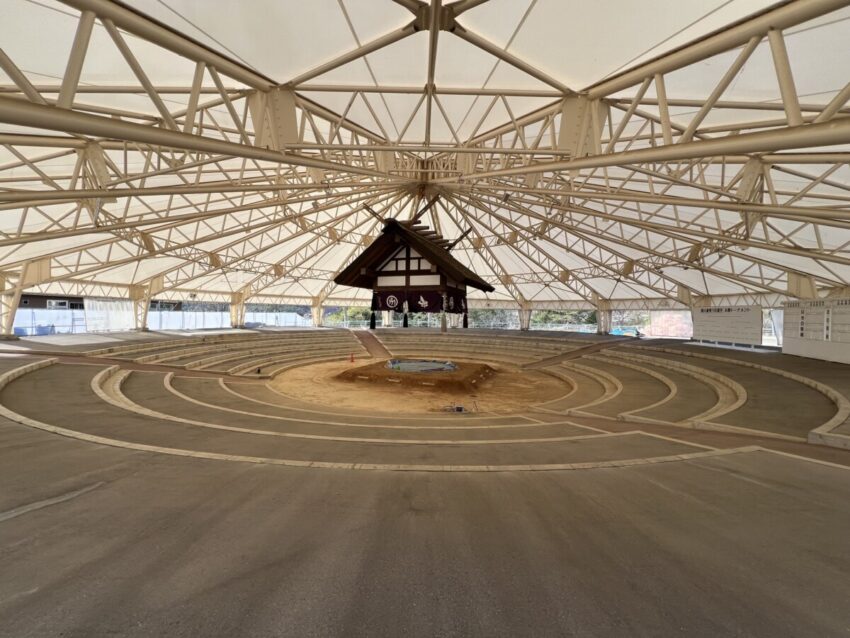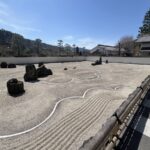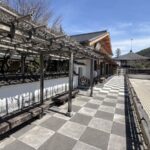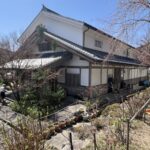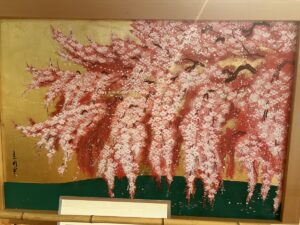Some history on the Nakasendo Way.
Japan’s Nakasendo Way – or Central Mountain Route – was one of five major routes established by the Shogunate (Military Dictator) during the Edo period (1603–1868). The route is 533km long and has 69 post towns, which were set up to feed and accommodate the feudal lords, Samurai and merchant travellers. The ancient way passes through the Kiso Valley wedged between two of Japan’s sacred Mountains (Mt Ontake 3067m and Mt Komagatake 2956m) and is one of Japan’s most breathtaking and scenic areas.
We traveled on the ancient paved paths known as ishidatami, pass hidden waterfalls, walked through stunning cedar and cypress forests and numerous wayside shrines. We stayed overnight in family-run ryokans and enjoyed the wonderful well-preserved ancient villages of Nakatsugawa, Magome, Tsumago, Kiso Fukushima and Narai.
As today was our day of rest, Mark, Kerryn and I took a taxi to Kanuntei (Rock Garden). This Zen sect garden was created in 1963 by the master modern garden landscaper Mirei Shigemori.
The garden is elegant, simple and highly symbolic. It is the most spacious landscape garden in Asia. It is surrounded by the Kiso Mountains and the Kiso River valley to symbolically represent a majestic mountain floating on a sea of clouds. The stones are arranged into groups of seven, five and three, which harmonises the whole by providing each aspect within the spacious garden with a sense of movement. The garden features a raised balcony with a black and white chequered pattern that harmonises with the modern structure of the temple’s living quarters.
Our group of 11 then took a bus to an Italian restaurant and after a noisy lunch with plenty of good wines we walked back to our hotel.
The feature picture of this post, is an arena where the Japanese hold the sumo wrestling. We walked past it on our way back to our hotel.

